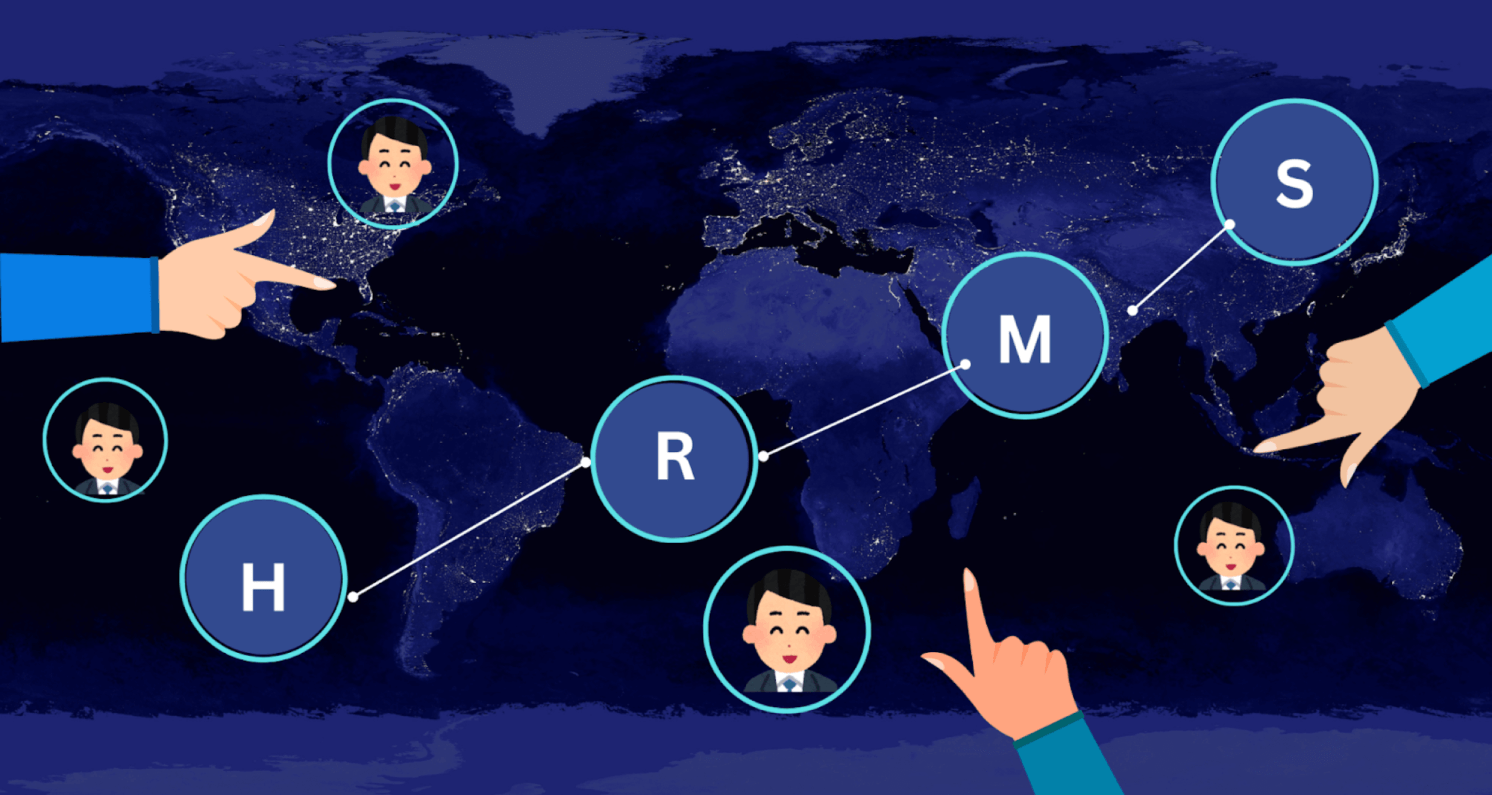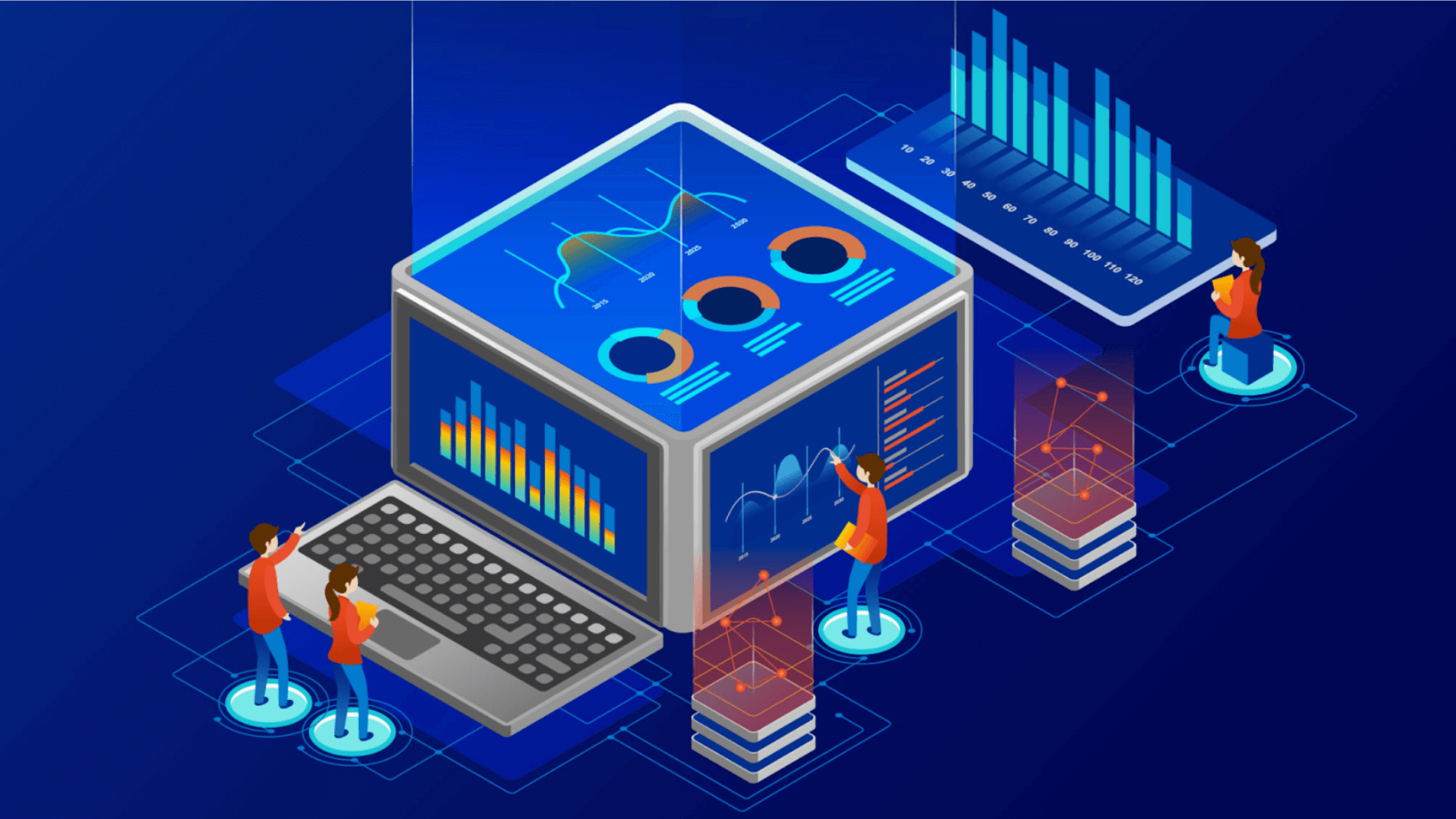Table of Contents:
- 1. Enterprise data modernization
- 2. Legacy data transformation
In today’s digital-first era, data is often called the new oil—but for many enterprises, it feels more like heavy sludge than valuable fuel. Legacy data transformation systems, unstructured data, and siloed storage have left organizations drowning in what experts call “data swamps.” These are vast pools of enterprise data that are messy, ungoverned, and underutilized.
The irony? These same swamps often contain the raw materials needed to power artificial intelligence, drive automation, and deliver competitive insights.
The good news: A strategic approach can turn this chaos into a powerful AI-ready engine. In this post, we present a 3-step blueprint to transform your enterprise data environment from a swamp into a goldmine.
Step 1: Data Discovery & Assessment :
Before any infrastructure upgrade or AI experiment can take place, the enterprise needs to first determine what data it has and how it moves around the organization.
1. What Is a Data Swamp? :
This is a consequence of unchecked data growth. Unlike a well-managed data lake, a swamp has no implementation of governance, structure, or clarity. Such an environment is littered with duplicate files, outdated documents, and unwilling being-for-the-use-at-the-pivot datasets. Outcomes? Analytics people spend more time cleaning data than analyzing it.
2. Start with a Comprehensive Audit :
The essential first step in modernization is conducting a comprehensive, full-scale data audit. This means identifying:
All existing data sources (structured, unstructured, cloud, on-premise).
The quality and completeness of the dataset.
Identify redundant or obsolete data that should be archived or securely deleted
3. Tools & Techniques :
These can be enhanced with modern tools such as Informatica, Alteryx, or Talend that allow for automated data profiling and lineage tracing. Additional techniques include stakeholder interviews and metadata mapping to ensure the critical data set is not overlooked. Dark data means stored, locked away, never used, that might be discovered and analyzed as potential business insights or risk mitigation.
4. What You’ll Gain :
At the end of this step, organizations should possess a documented view of:
Where the data lives.
How is it used?
Its health status
Such an appraisal paves the way for intelligent data architecture decisions and prevents any wasteful effort down the line in the modernization journey.
Step 2: Modernizing the Data Infrastructure
Once you have concluded on the status of your data, the next step is to upgrade the infrastructure that stores, processes, and serves data.
1. From Warehouses into Lakehouses
Many firms may still rely on traditional warehouses that are just not up to the challenge of modern AI workloads. To build a lot more scalable architecture on the cloud, companies may opt for building a data lake or go by the lakehouse model, which offers much more flexibility in dealing with heterogeneous data.
Amazon Redshift, Azure Synapse, and Databricks are some of the flexible and more economical toolsets available for such transitions.
2. Modern Data Pipelines
The landscape of data processing is undergoing a significant transformation as traditional ETL (Extract, Transform, Load) systems are increasingly being supplanted by more agile and intelligent ELT (Extract, Load, Transform) solutions. Tools like dbt, Fivetran, and Airbyte are leading this shift, allowing for more flexible and efficient data management workflows. Additionally, streaming platforms such as Apache Kafka and Apache Flink are playing a vital role by facilitating real-time data updates. This capability is crucial for enhancing analytics and powering AI models, enabling organizations to leverage up-to-the-minute insights for better decision-making and predictive modeling.
3. Governance and Security
To modernize infrastructure, governance is to be strengthened, notwithstanding! Enterprises must embed:
- Metadata management through Collibra or Apache Atlas.
- Policies to consider and control access to data to ensure compliance with regulations such as GDPR or HIPAA.
- Data encryption at rest and in transit, along with policies for role-based access.
4. Observability & Automation
Incorporating observability into data pipelines is essential for ensuring guaranteed resiliency. This involves continuously monitoring the health of these pipelines, proactively alerting teams to any anomalies that arise, and automating recovery processes to swiftly address issues. As organizations recognize the importance of these practices, platforms like Monte Carlo and Bigeye, which leverage artificial intelligence for enhanced data observability, are rapidly gaining traction in the industry. These tools empower teams to maintain the integrity and reliability of their data systems, ultimately fostering a more robust data infrastructure.
5. The Result?
By completing this phase, organizations achieve:
- A unified, high-performance data platform.
- Reduced storage and processing costs.
- Fast, scalable access to clean data across teams.
Step 3: AI Enablement & Intelligent Analytics
Infrastructures-II is ready, now the next step should be unlocking the full potential of data: enabling advanced analysis, machine learning, and automation of enterprise processes.
a. Data Processing for AI
AI requires data that is structured, labeled, and meaningful. This includes:
- Feature engineering
- Data enrichment with contextual metadata
- Cleansing for inconsistencies or areas of missing value
b. Self-Service BI and Data Democratization
The core goal of a modern data strategy is to democratize data access across the entire organization. This approach allows business users to harness unified datasets using advanced analytics tools such as Power BI, Tableau, and Looker.
By embracing principles of data fabric or data mesh, this strategy fosters a system of distributed data ownership. This means that individual departments can take charge of their data, enabling them to drive insights and make informed decisions autonomously. At the same time, this framework preserves essential governance and oversight at a central level, ensuring that data integrity and compliance are maintained throughout the organization.
c. AI & Machine Learning Deployment
Access to clean and organized data is a crucial first step in effectively scaling artificial intelligence models tailored to the needs of specific organizations. Whether an organization is focusing on customer segmentation to better understand its audience, demand forecasting to anticipate future needs, or fraud detection to safeguard against risks, leveraging advanced platforms like AWS SageMaker, DataRobot, or Google Vertex AI can significantly enhance the efficiency of model development and deployment processes.
Implementing ModelOps practices plays a vital role in ensuring the ongoing success of these AI initiatives. This involves continuous monitoring of model performance to catch any issues early, fine-tuning models to optimize their accuracy and reliability, and automating the retraining of models whenever new data becomes available. By doing so, organizations can maintain the relevance and effectiveness of their AI solutions in a rapidly changing environment.
AI Use Cases Across the Enterprise
The highly beneficial building of a payment gateway on its own poses several challenges that ought to be considered carefully before a company goes into their construction.
- Sales : Predict lead conversion and revenue pipelines.
- Customer Support : Use NLP to automate query handling.
- Supply Chain : Forecast inventory needs and optimize logistics.
- Finance : Detect fraud or optimize portfolio risk.
The Payoff
Once AI-ready, enterprises report:
- Faster decision-making.
- New revenue opportunities.
- Increased efficiency through automation.
- A resilient, future-proof data strategy that evolves seamlessly with your organization’s changing needs.
Conclusion
Every enterprise has untapped data. But only those with a clear strategy can turn it into a competitive asset. The 3-step blueprint—Discover & Assess, Modernize Infrastructure, and Enable AI—offers a proven path forward.
Modernization isn’t just about technology; it’s about building a culture of trust, agility, and innovation around your data. Enterprises that commit to this transformation will move from firefighting with fragmented data to leading with intelligence and automation.
Are you ready to turn your data swamp into an AI goldmine? Start with a clear audit. Invest in modern infrastructure. And empower your teams with the insights they need to lead your industry into the future.
Need help with your enterprise data modernization journey? Get in touch with our experts for a free data health assessment and a strategic roadmap tailored to your enterprise.




